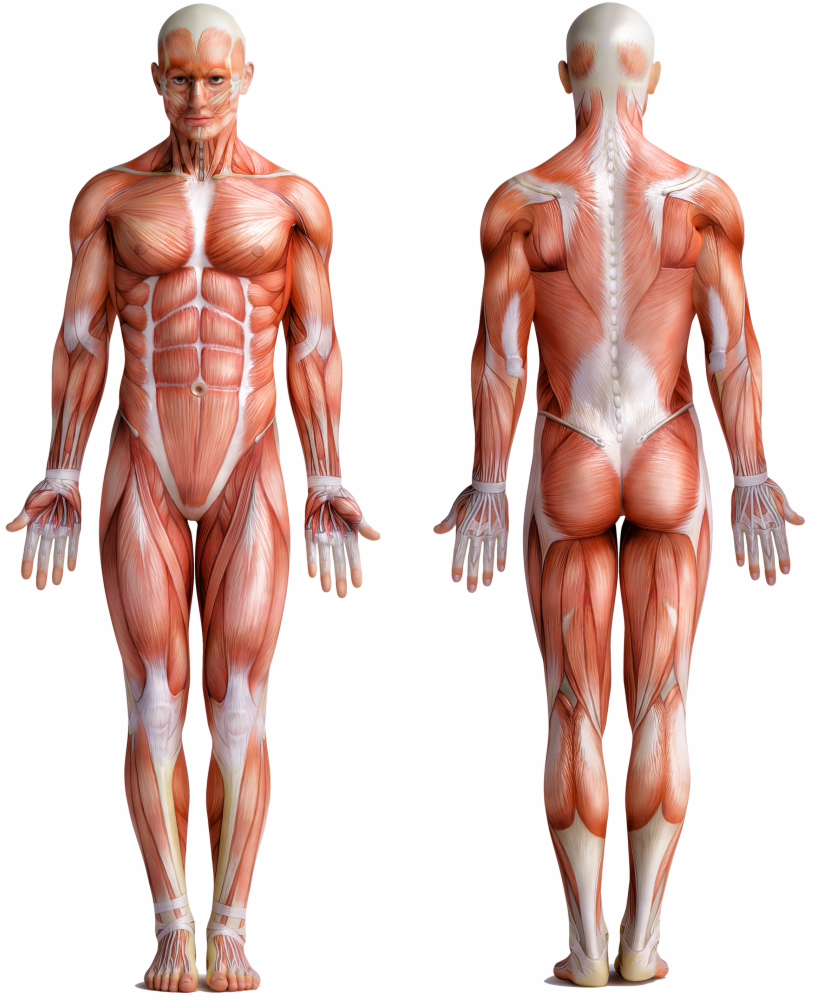-

-
About Us
- Our Vision
-
Personalized Care
Personalized Care Personalized Care Intro
Diagnostic Tests
- Digital X-Ray
- DynaROM
- 3D Body Scanning
- Gastrointentinal Health
- Organic Acids
- Comprehensive Stool Analysis
- Food Sensitivity
- Dietary Antigen Complete
- Endocrinology
- Thyroid Panel
- DUTCH Hormone Test
- Neurotransmitter Profile
- Adrenal Profile
- Nutritional Status
- Vitamin D
- Homocysteine
- Methylmalonic Acid
- Urine Iodine
- Organic Acids
- Copper Zinc Profile
- Essential Fatty Acid Profile
- RBC Metals & Minerals
- Toxic & Essential Elements
- RBC Elements
- Urine Toxic Metals
- Hair Metals & Minerals
- Urine Halides
Treatments
- Avacen Therapy
- Bioidentical Hormone Replacement Therapy (Anti-Aging)
- Chiropractic Care
- Electric Muscle & Nerve Stimulation
- Emsculpt Neo
- Emsella Treatment
- Erchonia Laser (Model EVRL)
- Exosomes
- Hair Restoration
- Headache & Migraine Treatment
- Hyaluronic Acid Injection
- Intersegmental Traction
- IV Nutrient Therapy
- Laser Lipo
- Massage Traction Chair
- PRP Facials
- PRP for Erectile Dysfunction
- PRP for Female Sexual Dysfunction
- PRP for Pain Relief
- PRP for Urinary Incontinence
- Semaglutide
- Shockwave Therapy for Cellulite & Skin Tightening
- Shockwave Therapy for Pain Relief
- Shockwave Therapy for Female Sexual Dysfunction
- Shockwave Therapy for Male Sexual Dysfunction
- Skin Rejuvenation
- Spinal Decompression
- TENS Unit
- Testosterone Replacement Therapy (TRT)
- Therapeutic Ultrasound
- Thyroid Care
- Trigger Point Therapy
- Durable Medical Equipment
- Ankle-foot Orthosis
- Cervical Rehab Coller
- Custom Foot Orthotics
- Lumbosacral Orthosis
- Osteoarthritis Knee Brace
- Wrist Brace
- FAQs
- Testimonials
- Pain Relief
- Weight Loss
-
Sexual Wellness
-
Anti-Aging
-
Resources
- Blog
- Video Library
- Store
-
Health Condition Library
Health Condition Library
- Ankle Osteoarthritis
- Bulging Spinal Disc
- Carpal Tunnel
- Cervical Degenerative Disc Disease
- Cervical Radiculopathy
- Elbow Bursitis
- Erectile Dysfunction
- Fatigue
- Female Hormone Imbalance
- Female Sexual Dysfunction
- Fibromyalgia
- Foot Arthritis
- Frozen Shoulder
- Golfer’s Elbow
- Hand Arthritis
- Headache
- Hip Bursitis
- Hip Osteoarthritis
- Hyperthyroidism
- Hypothyroidism
- Knee Bursitis
- Knee Osteoarthritis
- Low Testosterone
- Lumbar Degenerative Disc Disease
- Migraines
- Musculoskeletal Pain
- Obesity
- Osteoarthritis
- Plantar Fasciitis
- Plantar Fibroma
- Rotator Cuff Injury
- Sciatica Pain
- Shoulder Bursitis
- Shoulder Osteoarthritis
- Tennis Elbow
- Thoracic Degenerative Disc Disease
- Urinary Incontinence
- Weight Gain
- Wrist Arthritis
- Wrist Bursitis
- Contact
Understanding Plantar Fasciitis
Introduction:
Plantar fasciitis is a common foot condition that affects the plantar fascia, a thick band of tissue that runs along the bottom of the foot, connecting the heel bone to the toes. It is also known as plantar fasciopathy or jogger’s heel. This condition can cause significant pain and discomfort, making it difficult to walk or engage in daily activities. In this comprehensive guide, we will explore the symptoms, causes, and various treatment options for plantar fasciitis.
Symptoms:
The most common symptom of plantar fasciitis is heel pain, particularly in the morning or after long periods of rest. The pain is often described as a sharp, stabbing sensation that improves with movement but worsens with prolonged standing or walking. Some individuals may also experience pain along the arch of the foot or stiffness in the heel.
Causes:
Plantar fasciitis is typically caused by repetitive strain or overuse of the plantar fascia. This condition may occur due to a plethora of various factors, including:
- Foot mechanics: Flat feet, high arches, or abnormal walking patterns can put excessive stress on the plantar fascia, leading to inflammation and pain.
- Age and weight: Plantar fasciitis is more common in individuals between the ages of 40 and 60, as well as those who are overweight or obese.
- Physical activity: Activities that involve repetitive impact on the feet, such as running, dancing, or jumping, can increase the risk of developing plantar fasciitis.
- Footwear: Wearing shoes with poor arch support or inadequate cushioning can contribute to the development of plantar fasciitis.
Treatment Options:
Fortunately, there are several treatment options available for plantar fasciitis, ranging from conservative measures to more invasive interventions. These include:
- Rest and ice: Taking a break from activities that aggravate the condition and applying ice to the affected area can help reduce pain and inflammation.
- Stretching and strengthening exercises: Specific exercises targeting the plantar fascia and surrounding muscles can improve flexibility and provide relief.
- Orthotic devices: Custom-made shoe inserts or orthotic devices can provide support and cushioning, reducing strain on the plantar fascia.
- Physical therapy: A physical therapist can guide you through exercises and techniques to alleviate pain and improve foot function.
- Medications: Nonsteroidal anti-inflammatory drugs (NSAIDs) or corticosteroid injections may be prescribed to reduce pain and inflammation. Although NSAIDs do reduce inflammation to temporarily relieve pain, they are responsible for 30% of hospital admissions for adverse drug side effects, mainly due to bleeding, heart attack, stroke, and kidney damage. In addition, from the first day of use, all NSAIDs increase the risk of gastrointestinal (GI) bleeding, myocardial infarction, and stroke.
- Extracorporeal shockwave therapy (ESWT): This non-invasive procedure uses shockwaves to stimulate healing and relieve pain.
Conclusion:
Plantar fasciitis can significantly impact an individual’s quality of life, but with proper understanding and treatment, relief is possible. By recognizing the symptoms, identifying the underlying causes, and exploring various treatment options, individuals can effectively manage and overcome plantar fasciitis, allowing them to regain mobility and enjoy an active lifestyle. It is advisable to consult with a healthcare professional for a precise diagnosis and personalized treatment plan.









